Aaron Rodgers, a four-time MVP and Super Bowl champion, has been unable to capture his past form in New York.
Aaron Rodgers on the field
Aaron Rodgers of the New York Jets against the Arizona Cardinals in Glendale, Ariz., on Sunday. Chris Coduto
The New York Jets, 2-3 through five weeks, could have looked at the glass as half full.
In a 10-9 loss to the Denver Broncos in Week 4, New York missed a potential game-winning field goal late in the fourth quarter. And against the Minnesota Vikings the following week, the Jets were driving for a potential game-winning score until Aaron Rodgers threw an interception, his third of the game, to fall 23-17.
An optimist would say that New York was under .500 but that its last two losses had come by a combined seven points. It was a field goal away from being 3-2. One fewer bad throw away from somehow being 4-1. And despite their 2-3 record, the Jets entered Week 6 only one game behind the Buffalo Bills for the lead in the AFC East.
Instead, New York decided to fire head coach Robert Saleh after the Vikings loss, a glass-half-empty move by a desperate team desperate to salvage a season under massive expectations. And the decision hasn’t worked.
In the five games since they fired Saleh, the Jets are only 1-4. And their season reached a new low in Week 10, as the Arizona Cardinals dominated them in all three phases of the game for a 31-6 win.
Where has the Jets’ season gone wrong? It starts with Rodgers.
Rodgers, 40, who played only four snaps last season before he tore an Achilles tendon, has looked like a shell of the player he used to be. A four-time MVP and Super Bowl champion, Rodgers has been unable to capture his past form in New York.
Starting with when he became a full-time starter in 2008 (and excluding his four-play-long 2023 campaign), Rodgers’ current passer rating of 86.8 would be the lowest of his career, as is his average yards per attempt. He hasn’t thrown for 300 yards in a single game. His completion percentage is his third worst. And he has thrown seven interceptions in 10 games. (For context, he didn’t throw more than eight in a single season from 2011 to 2021.)
Surrounding Rodgers with familiar faces hasn’t helped.
Offensive coordinator Nathaniel Hackett, who worked with him in Green Bay from 2019 to 2021, was stripped of his play-calling duties after Saleh was fired.
Patrick Mahomes calls burglaries of his and Travis Kelce’s homes ‘frustrating, disappointing’
Receiver Davante Adams, who cost the team a third-round pick in a midseason trade, has one touchdown in four games with the Jets, the same number he had in three with the Las Vegas Raiders. Adams also had more receiving yards in three games with the Raiders than he has had in four with New York.
If firing Saleh — whose expertise was on the defensive side of the ball — was supposed to revive the offense, that was a miscalculation.
The Jets are averaging 17.7 points per game this season, not even a full two points more than the 15.8 they averaged last year. The offense is gaining only roughly 30 yards more per game than it did last season, hardly a transformative difference.
Even more damning for the offense: The defense is still very good. New York is second in pass defense, 10th in scoring defense and fourth in opponents’ average yards per play. The Jets didn’t even need a great offense this season. If they were 17th in points per game, they could theoretically be undefeated.
It’s hard to say firing Saleh was the wrong move when the team wasn’t exactly thriving with him. But what New York has shown since it let him go is that the franchise’s problems run much deeper than the head coach.
The Jets finished 7-10 in each of Saleh’s last two seasons and were roughly on pace to do the same this year after Week 5. Now they will be fighting uphill to reach that mark without him.
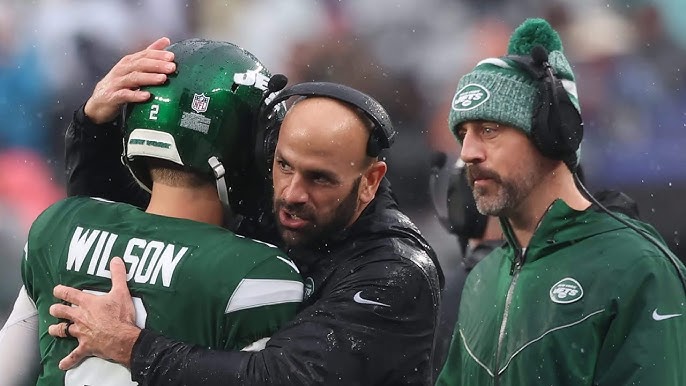
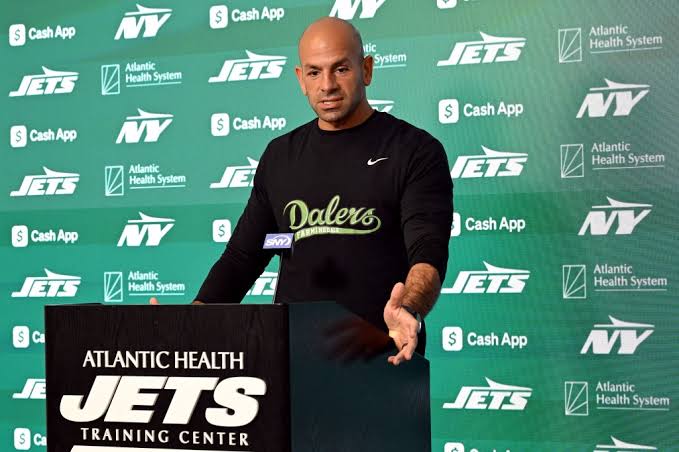
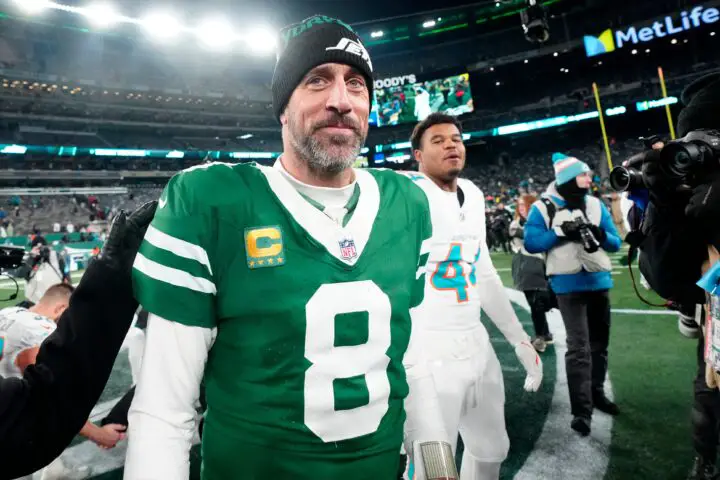
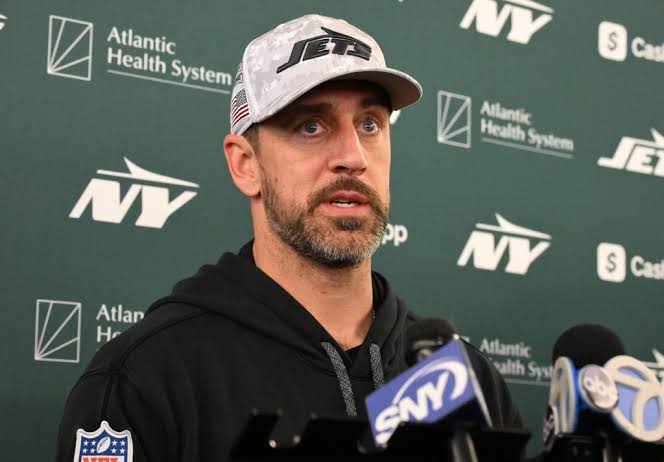
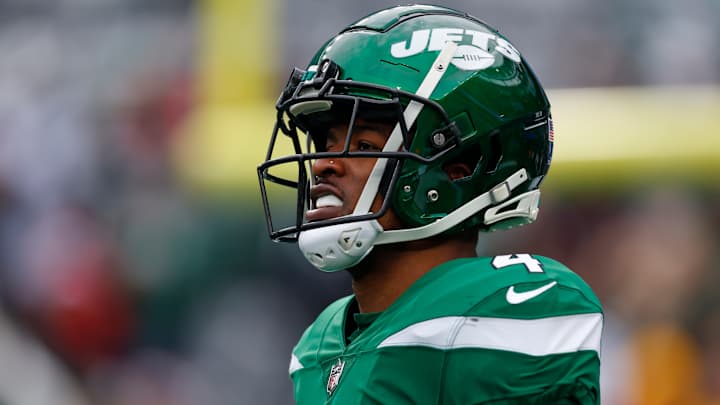
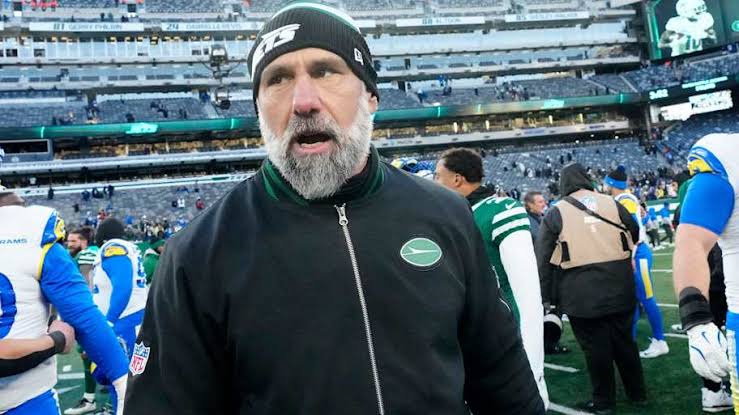
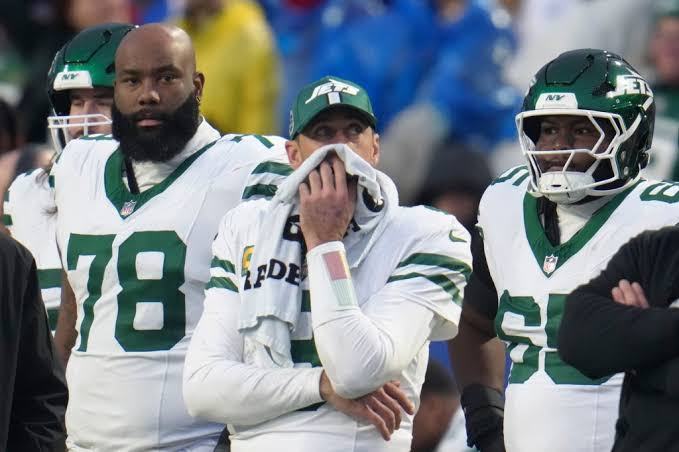


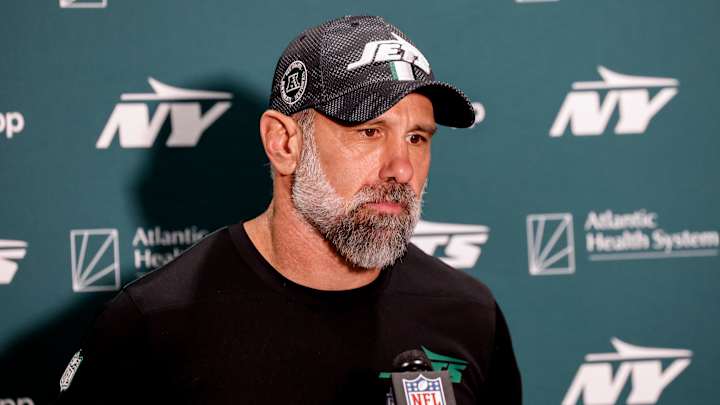
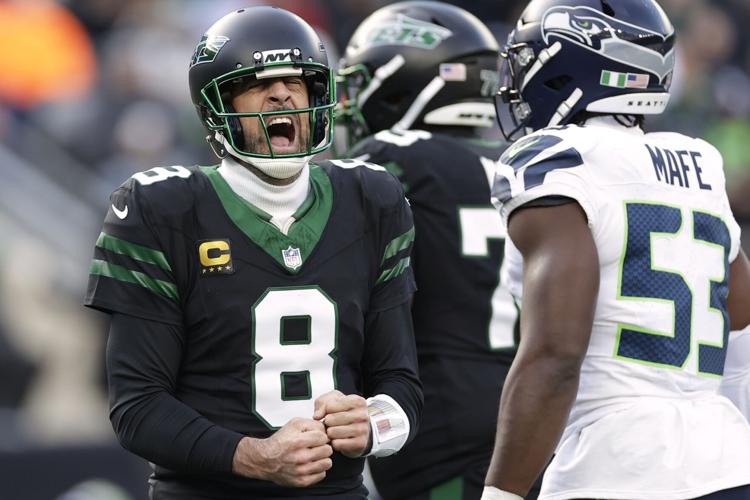
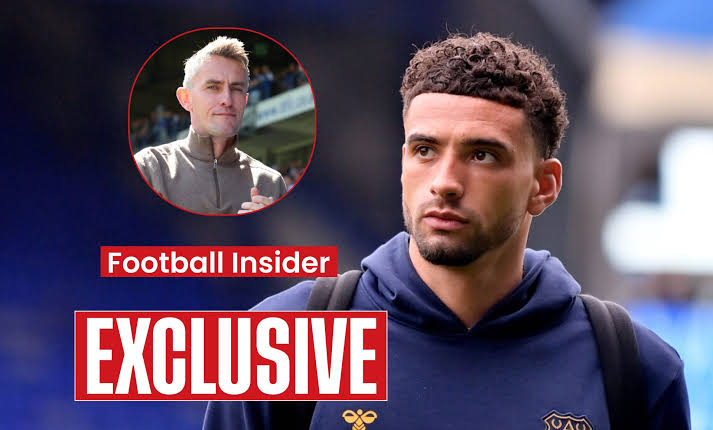



Leave a Reply